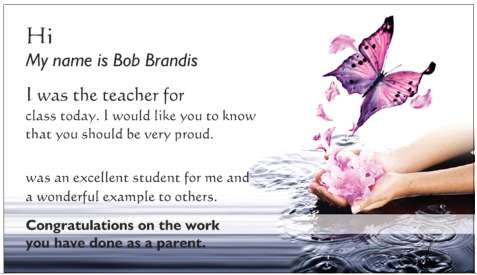success
Unfortunately you don’t have much choice here. The classroom only belongs to you for a short period of time. You are really only a classroom sitter.
But there are some things you can do to help. Don’t be afraid to move some furniture around to suit the day you have planned. I suggest taking a photo with your phone so you know how it looked. Then you could return it to its original condition at the end of the day.
The physical layout should reflect your teaching style. If you want students to collaborate in small groups, for example, organize them around tables or clusters of desks. For whole-group discussions, try a circle or U-shaped desk configuration. If you plan on an individualized instruction, you might set up learning stations.
Keep YOUR equipment within easy reach and secure all your valuables. Easily accessible materials and supplies can eliminate delays, disruptions, and confusion for students.
Generally I prefer desks in cooperative groups of four – any more generally becomes more complex to manage. So if necessary, just put a bit of distance between large groups. It is amazing how little is needed to create a perceived barrier.
I know some relief teachers who bring a bean bag to school since reading and interacting with groups on the floor is their modus operandi.
Good for them.
Advertisement
15



5 0 W A Y S T O B E A B E T T E R R E L I E F T E A C H E R






